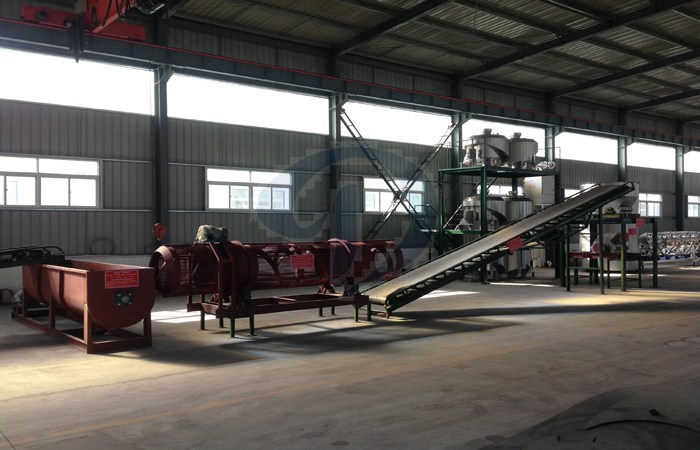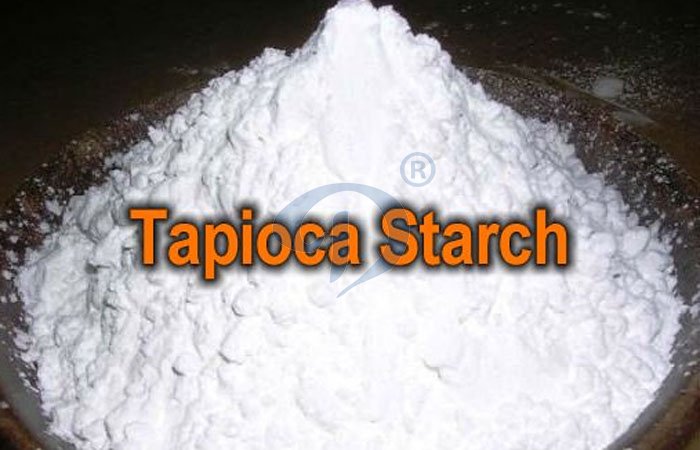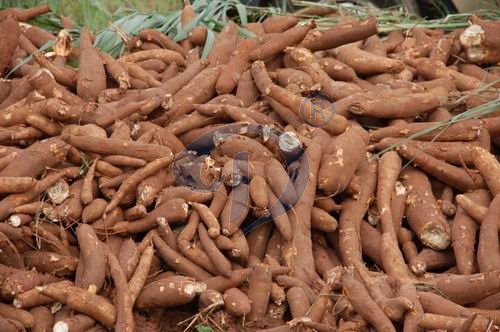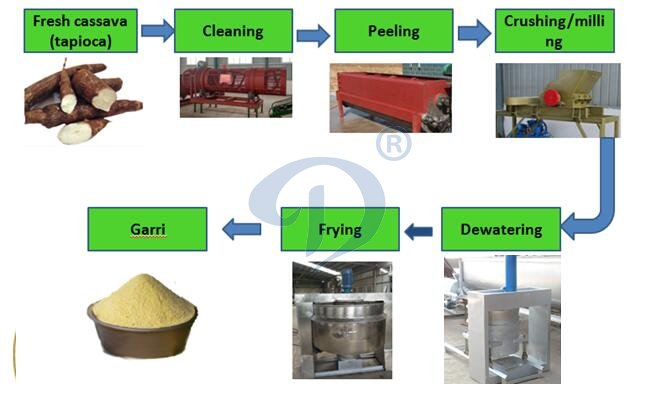 |
| Garri process in garri processing plant |
Garri produced from garri processing plant is a creamy-white or yellow granular flour with a slightly fermented flavour and sometimes sour taste. It is made from fermented, gelatinised fresh cassava tubers. Garri is a staple food largely eaten in Nigeria and other West African countries. Even in faraway America, Australia, Europe and some other parts of Africa, people eat this popular staple food with different delicious African soups. The soaked version of garri flour taken with coconut, bean cakes (akara), beans pudding (moin-moin), groundnuts, or smoked fish, is another interesting delicacy for many people, especially when taken with cold water and during hot periods. Some even prefer to add evaporated milk and sugar to enjoy their soaked garri.
Garri Processing of garri processing plant
The process of making garri from garri processing plant is simple. It can be illustrated as follows: from cassava farm - peeling - grating/grinding - pressing - sieving - frying - cooling - bagging. In other words, you collect the cassava tubers from the farm or suppliers, wash the tubers and clean them to remove sand and dirt; you peel the tubers with a knife or machine and then send the peeled tubers to the granulator where it is grated to a pulp. The pressing process ensures that the cassava pulp is dewatered, removing its toxic elements and water. Then sieve before you fry. After this you bag your final product after frying and letting it cool. There you go; your garri product is finally out!
Main processing equipment of garri processing plant
1. cassava washing and peeling machine
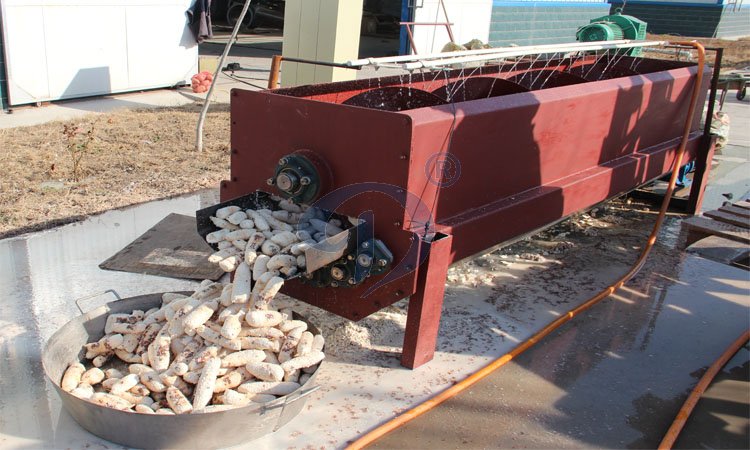 |
| Cassava washing and peeling machine in process |
The cassava washing and peeling machine in garri processing plant is used to washing and peeling cassava .It can save much human work to increase the garri processing plant efficiency.
2. Cassava grating machine
| Cassava grating machine with motor |
3. Cassava hydraulic press
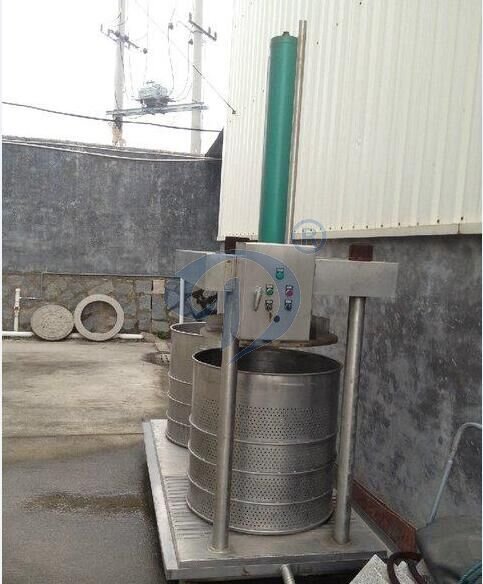 |
| Hydraulic press machine |
4. Garri frying machine
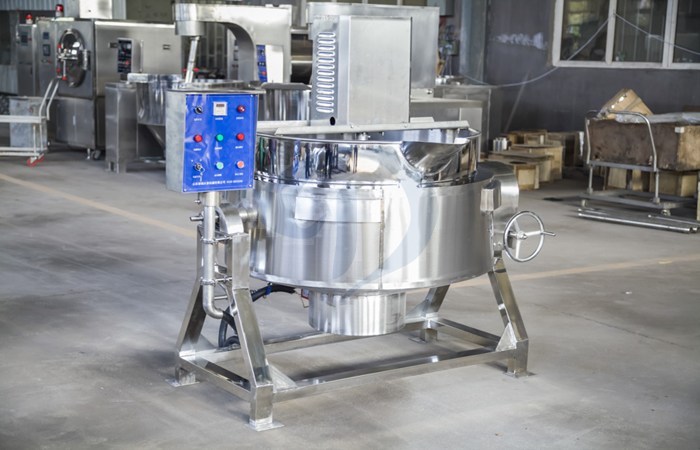 |
| Garri frying machine in our warehouse |
Our company can supply the complete set garri processing plant machinery and equipment . If you interested in starting a profitable garri processing plant ,please contact with us with your detail requirement.
More Information about our garri processing plant , please contact
Phone: +86 371 56771822
Email : sales@doingmachinery.com
Website: www.cassavaprocessingplant.com
